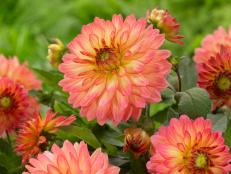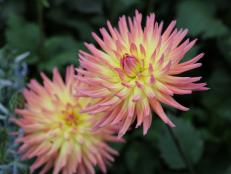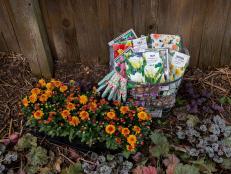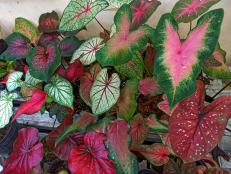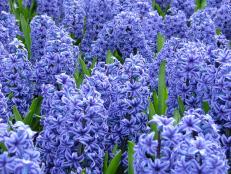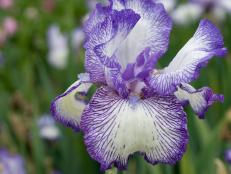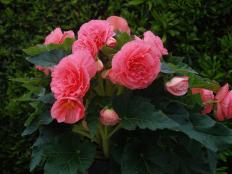How to Save and Replant Forced Seasonal Bulbs
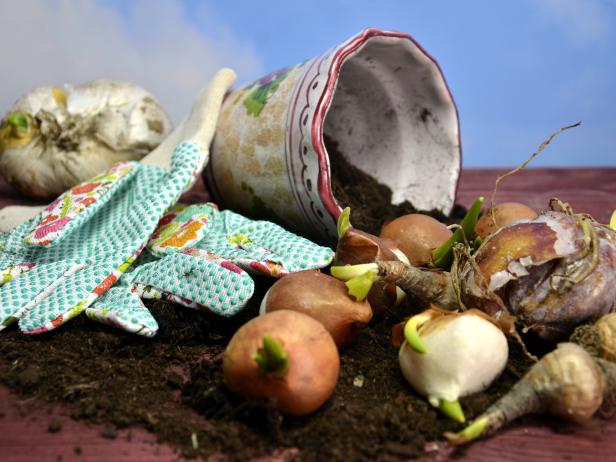
Kajsia / Shutterstock.com
Q: I put some tulips in pots to have early color. Now they are dying back. Can I save the bulbs to plant this fall?
Answer:
I really wanted to respond with a resounding, “Heck, yeah!” to your question but have deleted and retyped it several times. To explain, while many gifted and seasonal bulbs can be successfully replanted and will go on to become gifts that keep on giving, there are a few exceptions that aren’t worth the bother. Unfortunately they are most often tulips. Allow me to explain.
The process of encouraging bulbs to forgo their natural timeline and flower early indoors is called “forcing.” It can take some bulbs years to recuperate from the unnatural stress endured during this process. In general, the most resilient candidates worth saving are small bulbs that naturalize or reproduce readily in the garden. Grape hyacinth (Muscari), crocus, snowdrops, and scilla are good examples. Larger hyacinth and daffodil bulbs that have been grown in soil are worth the effort, but anything grown in water should be tossed into the compost bin. They are done. In fact, I am going through the recovery steps with a tray of discarded blue muscari and diminutive ‘Tête à Tête’ daffodil bulbs that I inherited from a friend’s display at a commercial garden show. I don’t expect to see flowers from these hand-me-down bulbs next spring, but if buds do appear, I will (with great difficulty) clip them off to give the bulbs a full growing season to recover.
Unfortunately, many tulip varieties are finicky re-bloomers under the best circumstances, and some simply never bounce back from forcing to bloom again. You’ll have the greatest chance of success in cooler climates that experience a long spring, or with wilder, species tulips and their hybrids.
To Save All Forced Bulbs:
- Clip off dead blooms, leaving the foliage intact. Set containers in a sunny window indoors, or a bright, but protected spot outside and continue watering as usual.
- Allow the soil to dry out completely once the leaves have withered and died. Set the pots in a cool, dry place in a basement, garage, or shed. Alternately, remove the bulbs from the soil, clean off dead leaves, and allow them to go completely dormant in a paper or mesh bag full of bone-dry coir (coconut fiber) or vermiculite if you have it.
- Plant outside in the fall with a sprinkling of rock phosphate and greensand.
Garden authority Gayla Trail is the creator of YouGrowGirl.com.







